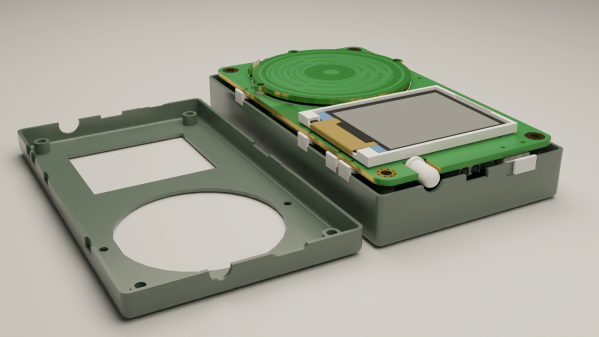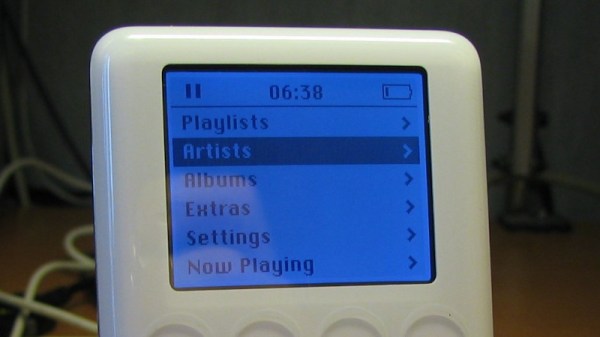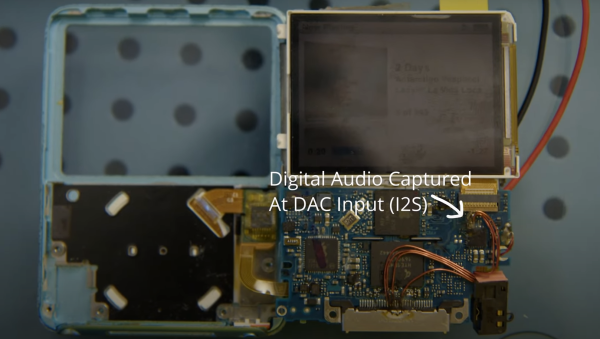The MP3 file format was always encumbered with patents, but as of 2017, the last patent finally expired. Although the format became synonymous with the digital music revolution that started in the late 90s, as an audio compression format there is an argument to be made that it has long since been superseded by better formats and other changes. [Ibrahim Diallo] makes that very argument in a recent blog post. In a world with super fast Internet speeds and the abstracting away of music formats behind streaming services, few people still care about MP3.
The last patents for the MP3 format expired in 2012 in the EU and 2017 in the US, ending many years of incessant legal sniping. For those of us learning of the wonders of MP3 back around ’98 through services like Napster or Limewire, MP3s meant downloading music on 56k dialup in a matter of minutes to hours rather than days to weeks with WAV, and with generally better quality than Microsoft’s WMA format at lower bitrates. When portable media players came onto the scene, they were called ‘MP3 players’, a name that stuck around.
But is MP3 really obsolete and best forgotten in the dustbin of history at this point? Would anyone care if computers dropped support for MP3 tomorrow?
Continue reading “Freed At Last From Patents, Does Anyone Still Care About MP3?”

















